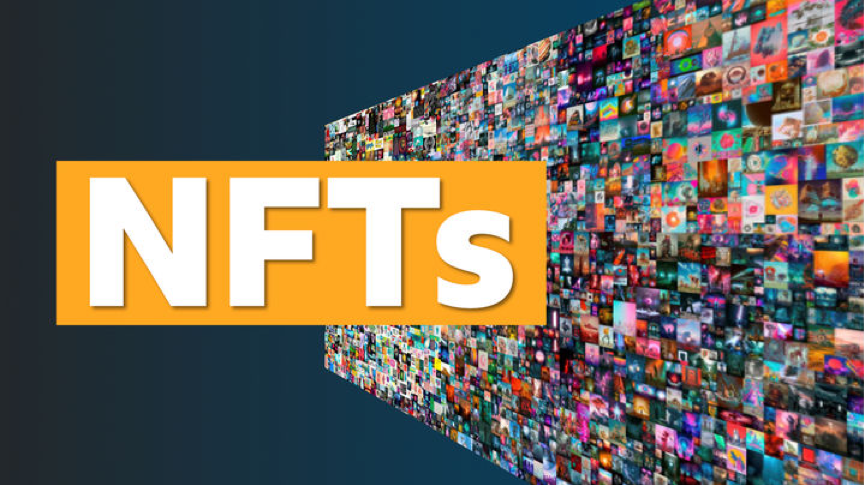MANIA—A New World of the Integration of NFT and AI(Part 3)
NFT
A non-fungible token is a unit of data stored on a digital ledger. Unique and indivisible, it is already widely used for the authentication of intellectual properties, certificates and other paperwork, invoices and receipts, tax documents, in-game digital items, etc. In the future, NFT will continue to transform industries (such as art, gaming, etc.) where ownership authentication is critical.

On Mar. 11th, 2021, Everydays: the First 5000 Days, a collage of 5000 digital images created by Beeple for his Everydays series, was sold at Christie’s for a record-breaking 69.34 million USD. This incident heralds the coming of the digital economy.
The trade volume of NFT also grows exponentially year by year. From 2019 to 2020, the volume nearly tripled, rising from 62.86 million to 250 million USD. In 2021, thanks to thriving DeFi ecosystems, the trade volume of NFT in the first quarter alone beat the entire year of 2020 by 8 times, totaling 2 billion USD. From 2018 to 2020, the market size of NFT was up by 825%, active NFT addresses increased by 201%, the number of buyers increased by 144%, and the number of sellers increased by 113%.
Compared with traditional art dealerships, NFT trading platforms have the advantages of accessibility, transparency, traceability, low transaction cost and low entry barrier, and thus can best protect the interests of artists and collectors. Traditional artworks are sold through auction houses like Christie’s, where service charges are high, and the authenticity of an artwork and its ownership history are difficult to determine. NFT trading platforms, on the other hand, give users transparent information as to an artwork’s creation, uploading, viewership, and transaction and collection history. Service charges are also much lower compared to traditional auction houses. Not to mention that artists will have a sustained income from royalties, which will motivate them to create more.
There are similarities between the art and AI markets, as AI algorithms are also works of creative design. Thus, using NFTs to authenticate AI algorithms is not only viable but also a brilliant idea.
AI+NFT=MANIA
For this very purpose, Matrix plans to launch MANIA (MAN Intelligent Authentication), a platform where AI algorithms can be traded like NFT artworks. Let’s take a look at how MANIA tackles traditional intellectual property challenges.
Distributed Storage
All algorithm models created by AI scientists will be stored on distributed storage networks in partnership with Matrix, which keeps the algorithms safe from being stolen by the owner of any individual node.
Blockchain Authentication
Authentication is a core function of blockchain. When uploaded to cloud storage, an algorithm model will receive a time stamp ensuring that its ownership is unique and traceable.
NFT Liquidity
As algorithm models are the building blocks of the AI world of tomorrow, a boost in their liquidity will set the AI industry on the right track. On MANIA, people can convert their algorithm models into NFTs, which they can take cross-chain to different NFT markets to trade.
Privacy-Preserving Computation
Matrix adopts privacy-preserving computation (PPC) to safeguard algorithms from theft. With its help, algorithm scientists can provide AI services for profit and rest assured that no one will steal away their ideas.
The workflow of MANIA consists of the following parts: algorithm creation, distributed storage, blockchain authentication and NFT minting.

Picture: Workflow of MANIA